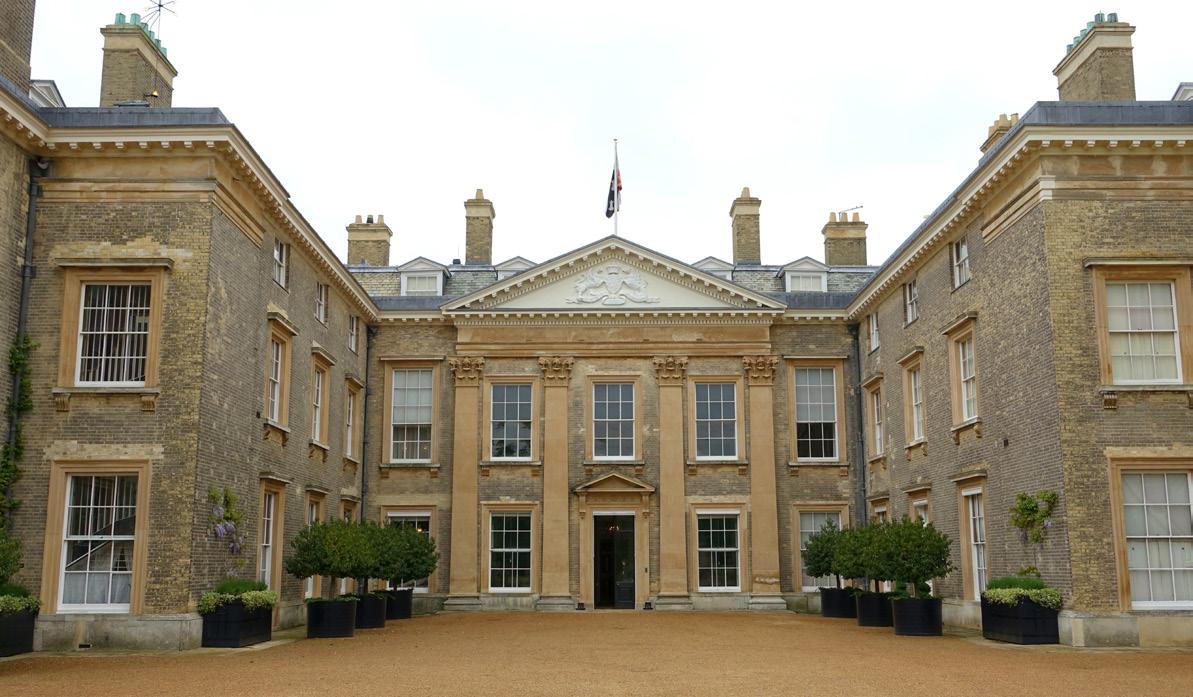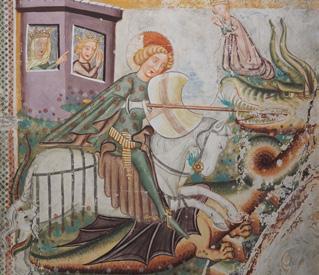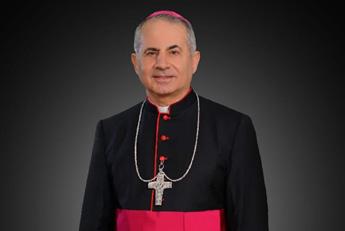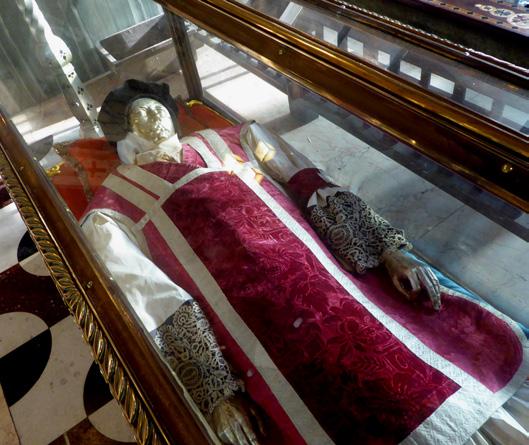IN TIME OF PESTILENCE
Two Plagues, Two Saints Christopher Howse John Henry Newman, now a saint, set out from his home in the middle of Birmingham to look after the people of Bilston caught in the outbreak of cholera in September 1849. It was only 10 or 12 miles away from the poor neighbourhood where Newman had set up the first house of Oratorians earlier that year, but there was much anxiety at his departure. ‘Everyone was crying as if we were going to be killed,’ he wrote in a letter a few days later. There was no cure for cholera. It struck unpredictably and suddenly. Louisa Caswall, the wife of Newman’s friend, the poet Edward Caswall, died after just 14 hours’ sickness while they were staying at the healthy seaside town of Torquay. Bilston, though, was not a healthy spot, but a poor, insanitary town at the heart of the industrial Midlands, and we now know that cholera is spread by dirty water. Newman, then 48, had gone with another priest of the Oratory, Ambrose St John, 34, to take the sacraments to sick Catholics at Bilston and minister to the dying. They were needed because two Catholic priests there had been overcome by exhaustion and sickness in their task.
Oxford, St Clement’s and Littlemore. But his main calling was as a writer. Nor was he in good health himself in September 1849, having been laid low with a respiratory virus that made him deaf for three weeks. But, though his brother Oratorians feared he would lose his life, he had to go to Bilston ‘for charity’, he wrote in a letter. The community of Oratorians in London imitated this heroic act of charity. They helped look after poor people at East Farleigh in Kent who had gone down into the country from London to pick hops. This traditional seasonal labour usually had the air of a holiday, but then cholera struck. Frederick William Faber, head of the London Oratory, went down to East Farleigh, with a fresh supply of oils for anointing the sick, and two other Oratorians were with him. They knew of the emergency there through the Church of England vicar at East Farleigh, Henry Wilberforce, a son of William Wilberforce the great campaigner against slavery.
Newman had tutored Henry Wilberforce at Oriel College, Oxford, 20 years earlier. Now, in 1849, he was acutely aware that Wilberforce was on the brink of becoming a Catholic but was undecided while in grave danger of death from cholera. Even while he was ‘The sight of the sick in the hospitals about to go to Bilston, and in the days was terrible,’ Newman wrote in a letter afterwards, Newman wrote repeatedly to Statue of Cardinal Newman for Oriel to his sister Jemima. At night, the priests College, Oxford by Henry Alfred Pegram Wilberforce: ‘Do not let any thing stand would be called out, he explained, between conviction and its legitimate three or four times, having then to walk four, perhaps, or consequence’. Faber had told Newman of Wilberforce’s fear even seven miles to attend the seriously ill. One of the of catching the disease without having resolved his indecision, parish priests, Fr John Sherlock, had even carried the sick and Newman asked Faber in reply to be ‘very gentle’ with to hospital on his back. The people of Bilston remembered Wilberforce in his anxiety. As it turned out, Wilberforce did with gratitude the way that Catholic priests had ministered not catch cholera and the next year, with his wife, became a Catholic. No sooner had Newman set to work at Bilston, to them in 1832 during an earlier outbreak of cholera. than the cholera subsided, and after a few days his place was ‘They say that two thirds of the population would become taken by another Oratorian, while he was sent to recuperate at Catholics if they had priests to take care of them,’ Newman Cotton in Staffordshire. wrote just after his time there. It was not his ordinary vocation. He had, it is true, become involved with the aid and education of the poor in Birmingham, as he had been in previous years in poor parts of 6
Newman’s brave charity reminded me of a priest 200 years earlier, St John Southworth (1592-1654), whose body is venerated here in the Cathedral’s Chapel of St George and Oremus
APRIL 2021













